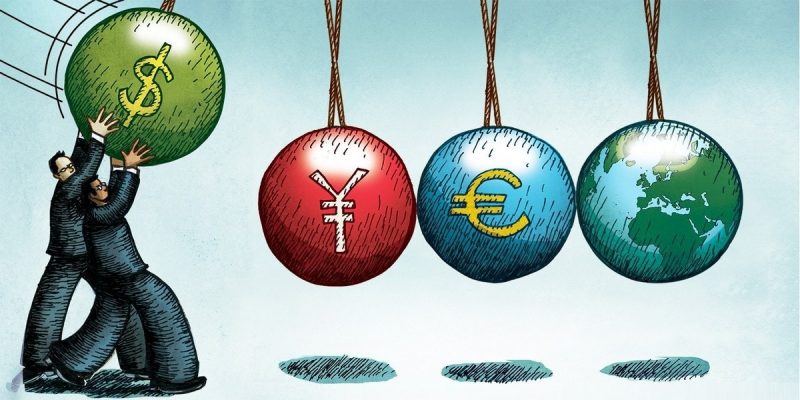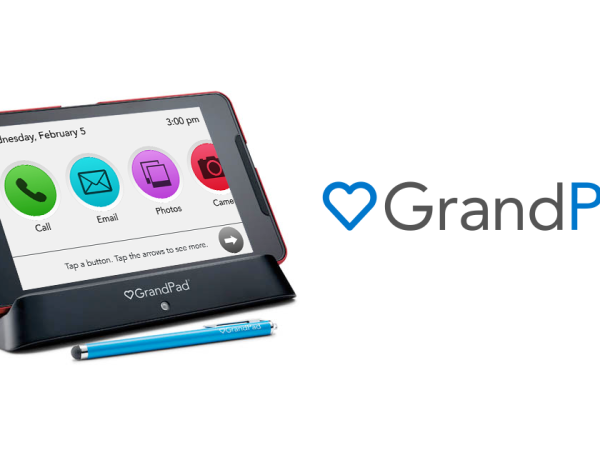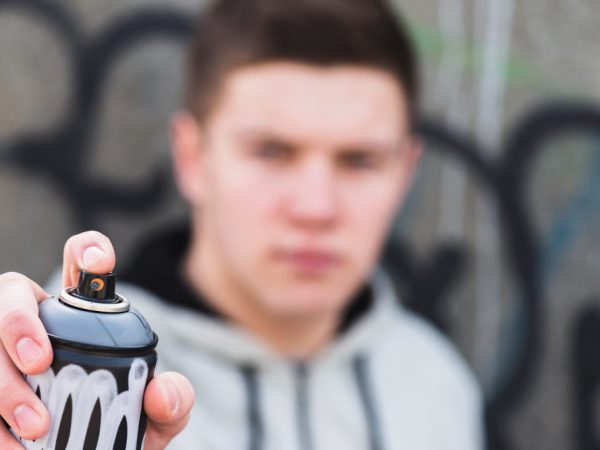Captive Marketing: How Brands Use It to Influence Consumer Behavior

Have you ever been in a place where you had no choice but to see an advertisement—like a commercial before a YouTube video, a digital screen in an elevator, or ads on in-flight entertainment? That’s captive marketing in action!
Captive marketing is a powerful advertising strategy where consumers must engage with a brand’s message because they are in a setting where they cannot easily avoid the ad.
In this article, we’ll explore what captive marketing is, how businesses use it, its benefits, and ethical concerns.
What is Captive Marketing?
Definition
Captive marketing is a strategy where advertisements are placed in environments where consumers cannot ignore or skip them. This creates a captive audience, ensuring that the brand message is received.
How Captive Marketing Works
- Consumers are in a controlled environment (e.g., airports, waiting rooms, public transport).
Advertisements are strategically placed where they cannot be avoided.
The longer consumers are exposed to the ad, the stronger the brand impression.
Example: Watching a movie in a theater means you must watch ads before the film starts—that’s captive marketing.
Examples of Captive Marketing in Action
Movie Theaters
- Pre-movie advertisements run before films, ensuring 100% audience exposure.
- Ads are often longer and more impactful because people are seated and focused.
Airline Advertising
- In-flight entertainment features ads that passengers must watch before accessing content.
- Tray table ads on seatbacks ensure constant exposure during the flight.
Public Transport Ads
- Subway, bus, and train stations display ads in areas where commuters wait for long periods.
- On-board screens show video ads to passengers with limited distractions.
Waiting Room & Elevator Screens
- Doctors’ offices, banks, and corporate buildings display ads on digital screens while people wait.
- Elevators feature branded content and digital ads because riders have nothing else to focus on.
Captive Digital Marketing (Online Ads)
- YouTube pre-roll ads must be watched before playing a video.
- App ads that users must view before accessing content (e.g., free gaming apps).
Fun Fact: The average person spends 6 months of their life waiting in lines—prime real estate for captive advertising!
Benefits of Captive Marketing for Businesses
High Engagement & Attention
- Consumers cannot skip or ignore the ad.
- They are more likely to remember the message compared to traditional ads.
Strong Brand Recall
- Repeated exposure in captive environments improves brand recognition.
- Example: Passengers on daily train commutes see the same ad every day.
Targeted Advertising
- Captive marketing allows brands to target specific audiences.
- Example: Luxury brands advertising in airline lounges to reach affluent travelers.
Increased Sales & Conversions
- Well-placed ads in high-traffic areas drive immediate consumer action.
- Example: A fast food ad in a movie theater influences viewers to buy snacks.
Challenges & Ethical Concerns of Captive Marketing
Consumer Annoyance & Ad Fatigue
- Forced exposure to ads can be frustrating for consumers.
- Example: YouTube users often complain about unskippable ads before videos.
Lack of Consumer Control
- Unlike other forms of advertising, captive marketing does not allow users to opt out.
- Some consumers find this intrusive and manipulative.
Over-Saturation in Public Spaces
- Too many ads in one space reduce their effectiveness.
- Consumers may start tuning out ads when overexposed.
Example: A subway station covered with digital ads can feel overwhelming rather than engaging.
How to Use Captive Marketing Effectively
Keep Ads Entertaining & Informative
- Use humor, storytelling, and creativity to keep the audience engaged.
Example: Airline ads often feature funny safety messages to capture passenger attention.
Make Ads Short & Impactful
- People don’t like being forced to watch ads, so keep messages concise and memorable.
Example: 6-second bumper ads on YouTube vs. long, skippable ads.
Personalize Ads for the Audience
- Tailor ads to the environment and audience demographics.
Example: Luxury car ads in airport lounges vs. budget travel ads in public transport stations.
Use Call-to-Action (CTA) Strategies
- Give audiences a reason to take action immediately.
Example: QR codes on elevator screens that link to exclusive discounts.
Conclusion
Captive marketing is a powerful strategy that ensures brand messages reach consumers in settings where they cannot skip or ignore ads. Whether in movie theaters, public transit, waiting rooms, or online platforms, businesses use this technique to increase brand awareness, engagement, and conversions.
However, to succeed, brands must balance effective marketing with consumer experience—avoiding ad fatigue and frustration while delivering engaging, relevant content.
Want to leverage captive marketing for your business? Start with targeted, engaging ads that provide value to your audience!
FAQs
1. What is captive marketing?
Captive marketing is an advertising strategy that targets consumers in settings where they cannot easily avoid ads, such as movie theaters, public transport, and digital platforms.
2. What are some real-life examples of captive marketing?
- Pre-movie theater ads
In-flight commercials on airplanes
Ads on public transport & waiting room screens
Unskippable YouTube ads
3. Why is captive marketing effective?
It forces audience engagement, increases brand recall, and ensures high visibility in environments where consumers cannot skip the ad.
4. What are the ethical concerns of captive marketing?
Some consumers feel trapped by ads in settings where they cannot opt out, leading to frustration and ad fatigue.
5. How can businesses make captive marketing less intrusive?
- Use short, engaging ads
Provide value through humor, entertainment, or education
Offer rewards (e.g., QR code discounts) for watching ads
Also read: Currency in Greenland: 10 Powerful Insights to Enhance Your Trip











